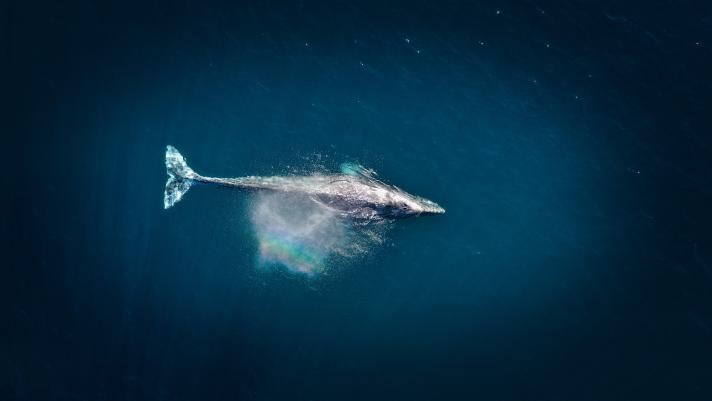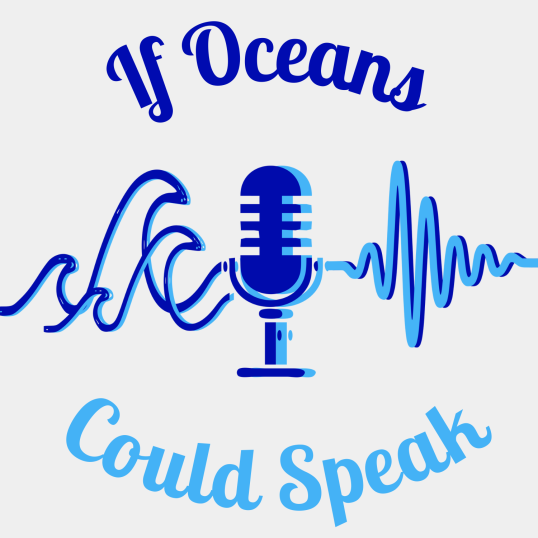Today we take a journey up into the Arctic sky! That, at least, is the vantage point of our guests, who we think have one of the coolest jobs around…
“You kind of feel like the little fly in the room where you get to see something that probably no one else has seen”
(Dr Hannah Cubaynes)
Listen to the podcast on
BUZZSPROUT and Spotify.
“When you see polar bears swimming in the middle of nowhere or you see walrus hauled out on land, that shouldn’t happen, like, even as a scientist where I know this happens, actually seeing some of this kind of hits home”
(Dr Kim Goetz )
In this 3rd episode we are joined by Dr Hannah Cubaynes from the British Antarctic Survey and WWF and Dr Kim Goetz from NOAA in the United States. Hannah and Kim are marine mammal biologists who use images from planes, drones, and satellites to spy on the whales and walrus below.
Together we discuss how exactly you spot a whale from space and the multitude of challenges facing Arctic wildlife today. Kim recounts her experience “on the ground” with the isolated and endangered Beluga population at Cook Inlet, Alaska. In contrast, Hannah reveals the unique connection to these animals she gains through the images on her screen.
Together, Kim and Hannah candidly remind us that close encounters – even digital ones – can spark a personal connection to this fragile ocean. Their final message invites you to join them in their exciting new project.
Read the transcript of this episode.
Learn more here: https://www.wwf.org.uk/learn/walrus-from-space


